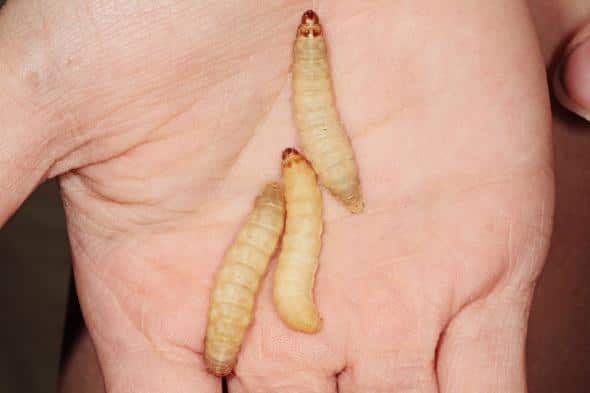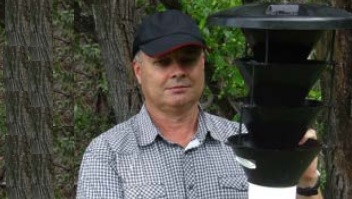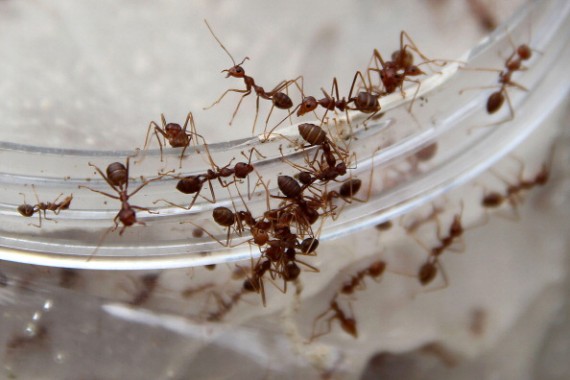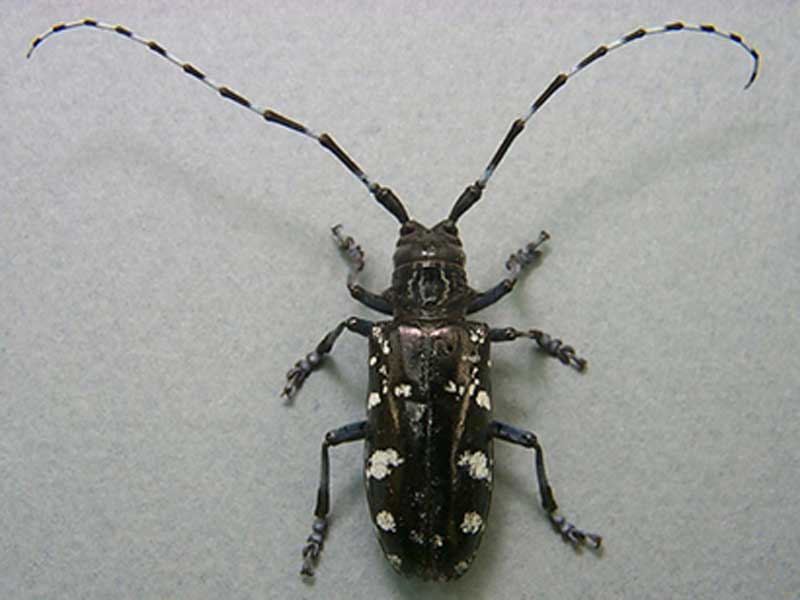Industry news
-

This Bug Can Eat Plastic. But Can It Clean Up Our Mess?
Scientists have discovered that wax worms can eat plastic bags. Could that help us reduce plastic pollution? Each year, the world produces 300 million tons of plastic, much of which resists degradation and ends up polluting every corner of the globe. But a team of European scientists may have found a unique solution to the plastic problem. They discovered that a common insect can chew sizable holes in a plastic shopping bag within 40 minutes. “This study is another milestone…
Chi tiết » -

Have You Downloaded the Field Guide App?
Download the NPMA Field Guide app to ensure you and your team are prepared for the busy season! Available for only $4.99 for both iOS and Android devices, the Field Guide App, powered by eNex, offers users an easy way to access information on over 200 different structural pests, with high resolution photos and charts for confident identification. Ready to get started? Visit the App Store or Google Play Store and search for “NPMA Field Guide.” You can also set…
Chi tiết » -

Ladder Safety
Our jobs often include working on ladders. Fumigators spend many hours sealing buildings prior to releasing poisonous fumigants in a grain bin or seed warehouse. A ladder isn’t always the best way to work up high. Ask yourself these questions first: Will I have to hold heavy equipment or other items while standing on the ladder? Will I have to use a longer, more unstable ladder to reach the area? Am I going to have to work from the ladder…
Chi tiết » -

Pheromones “Down Under”
Dr. Greg Daglisch calls himself an “Applied Entomologist”. Working as the Principle Research Scientist with the Queensland Department of Agriculture, Fisheries and Forestry (DAFF) in Australia, Daglisch has become an expert in postharvest grain biosecurity and has worked extensively with stored product beetles in the “Land Down Under”. As an invited guest speaker at this year’s 12th Fumigants & Pheromones Conference in Adelaide, Australia, Daglisch told the international crowd that he is always looking for ways to exploit pest insects…
Chi tiết » -

Scientists Use Hydrogels To Control Invasive Argentine Ants
A study has developed a cheap and environmental-friendly home remedy that would help homeowners and farmers control the invasive Argentine ant populations that have been pestering them. The remedy is based from seaweed that could be a bait for ants. In the study published in Pest Management Science titled “Development of an alginate hydrogel to deliver aqueous bait for pest ant management,” the researchers found the hydrogel baits reduced Argentine ant populations from 40 to 68 percent after four weeks. This…
Chi tiết » -

Phosphine Resistance: Genetics and Strength of Resistance
After 70 years of inadequate fumigation practices involving poorly sealed structures, repeated fumigations and low gas concentrations, phosphine resistant insects are showing up more frequently all across the world. At the 12th International Fumigants & Pheromones Conference, Dr. Manoj Nayak and Dr. David Schlipalius, from the Queensland Department of Agriculture, Forestry and Fisheries in Australia, presented how genetics affect the strength of resistance and why phosphine resistant insects are so difficult to control. Resistance to phosphine is caused by small…
Chi tiết » -

Well-Fed, Older Asian Longhorned Beetles Fly Farther, May Require New Quarantine Zones
The Asian longhorned beetle (Anoplophora glabripennis) has been an invasive pest in North America since 1996, when it arrived from China and Korea, probably through infested wood-packing material. Today, it’s been detected in the northeast United States, Canada, and Europe and at nearly every port in the U.S. Since its arrival, the beetle has caused significant economic and ecological impacts. Efforts to eradicate the beetle involve removing and destroying wood “host material” on which it feeds and applying preventive insecticides…
Chi tiết »
